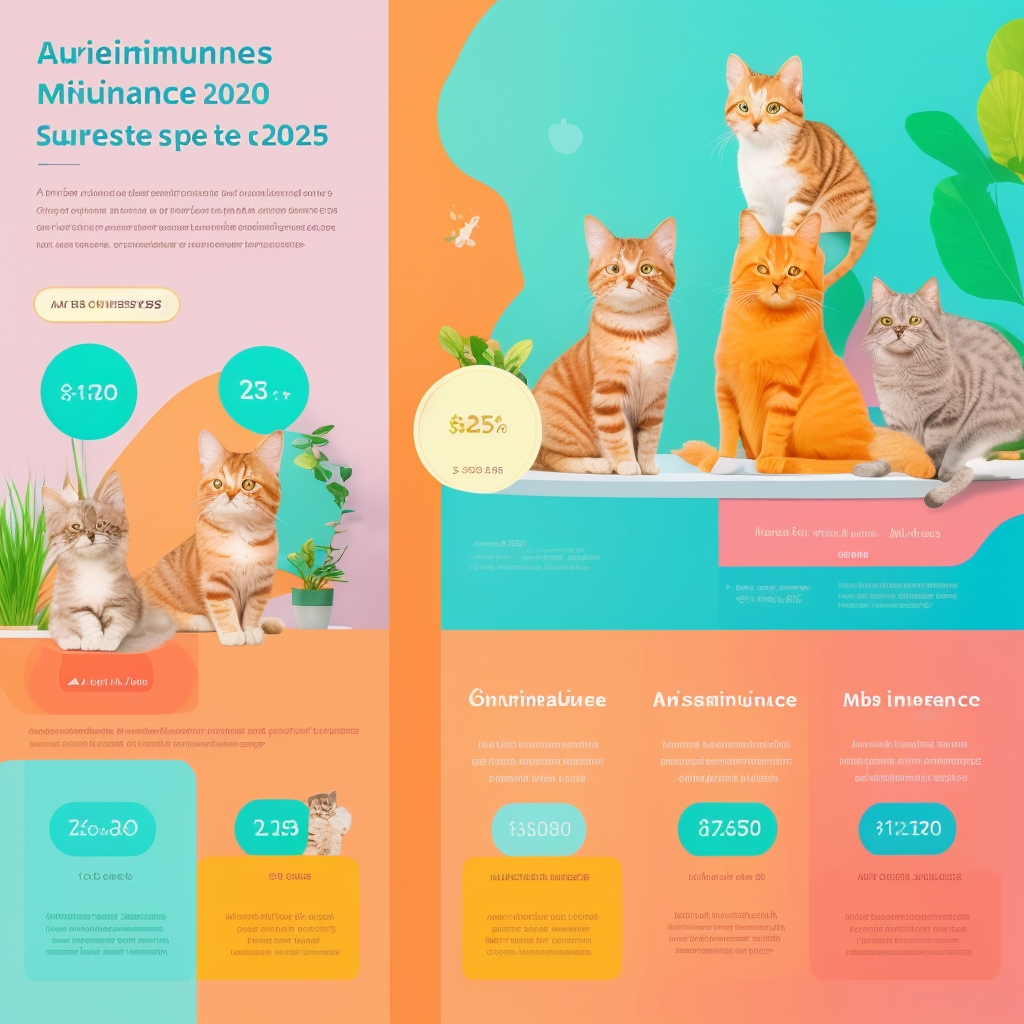The health and well-being of our feline companions are major concerns for any cat owner. With rising veterinary costs, subscribing to cat insurance has become a wise option to ensure financial coverage in case of accident or illness. However, navigating the various offers available on the market can be challenging. In this article, we’ll examine the different types of coverage offered by cat insurance policies to help you make an informed choice for your pet.
Types of Coverage in Cat Insurance Policies
1. Basic Coverage
Most cat insurance policies offer basic coverage that handles essential veterinary expenses. This generally includes:
- Consultations: Reimbursement of veterinary consultation fees.
- Medical Examinations: Coverage for blood tests, X-rays, and other necessary diagnostic examinations.
- Medical Treatments: Reimbursement for medications prescribed by the veterinarian.
Concrete Example:
If your cat suffers from an infection and needs to be examined by a veterinarian, basic insurance will cover a portion of the consultation fees as well as the medications prescribed for treatment.
2. Intermediate Coverage
Intermediate insurance policies go beyond basic coverage by adding extra services that can prove useful. This may include:
- Surgery: Reimbursement of costs related to surgical procedures, whether preventive or curative.
- Hospitalization: Coverage for hospitalization costs if your cat needs to stay at the clinic.
- Vaccinations: Partial reimbursement of annual vaccination costs.
Concrete Example:
If your cat requires surgery to remove a tumor, intermediate insurance can cover a portion of the hospitalization fees as well as the cost of the operation.
3. Comprehensive Coverage
Comprehensive insurance policies offer maximum protection by including almost all aspects of your cat’s health. Covered elements may include:
- Hereditary Diseases: Coverage for genetic and congenital diseases.
- Preventive Care: Reimbursement for routine check-ups, preventive treatments, and vaccinations.
- Complementary Services: Access to alternative treatments, such as acupuncture or homeopathy.
Concrete Example:
In the event of a hereditary disease, such as hypertrophic cardiomyopathy, comprehensive insurance can cover long-term treatments, including regular examinations and medications.
4. Additional Options
Some insurance providers offer additional options to meet the specific needs of cat owners. This may include:
- Civil Liability Insurance: Protection in case your cat causes damage to others or their property.
- Travel Assistance: Coverage for veterinary expenses when traveling abroad.
- Online Support: Access to veterinary advice by phone or online.
Concrete Example:
If your cat is involved in an incident causing damage to a neighbor, civil liability insurance included in your policy can cover the costs related to this situation.
Key Points and Best Practices
1. Evaluate Your Cat’s Needs
Before choosing insurance, it’s essential to assess your cat’s specific needs based on its age, breed, and health status. Some breeds are more likely to develop health problems, which might require more comprehensive coverage.
2. Compare Offers
Don’t settle for the first insurance you find. Compare different offers, considering guarantees, exclusions, and reimbursement limits. Use comparison websites to facilitate your search.
3. Read the Fine Print
Make sure you fully understand the terms and conditions of the insurance. Some policies may have specific exclusions or waiting periods that could affect your coverage.
4. Consider Your Budget
Insurance premiums can vary significantly from one provider to another. Establish a budget and choose coverage that fits your financial capabilities while meeting your cat’s needs.
5. Don’t Neglect Preventive Care
Preventive care is essential for maintaining your cat’s health. Choosing insurance that covers these services can save you money in the long run.
Conclusion
Choosing insurance for your cat can seem complicated, but by understanding the different types of coverage available, you’ll be better equipped to make an informed decision. Whether you opt for basic, intermediate, or comprehensive coverage, ensure the chosen insurance meets your feline companion’s specific needs. By taking the time to evaluate your options and compare offers, you can protect your cat’s health while managing your expenses. Remember, your pet’s health is a priority, and suitable insurance can make all the difference.







